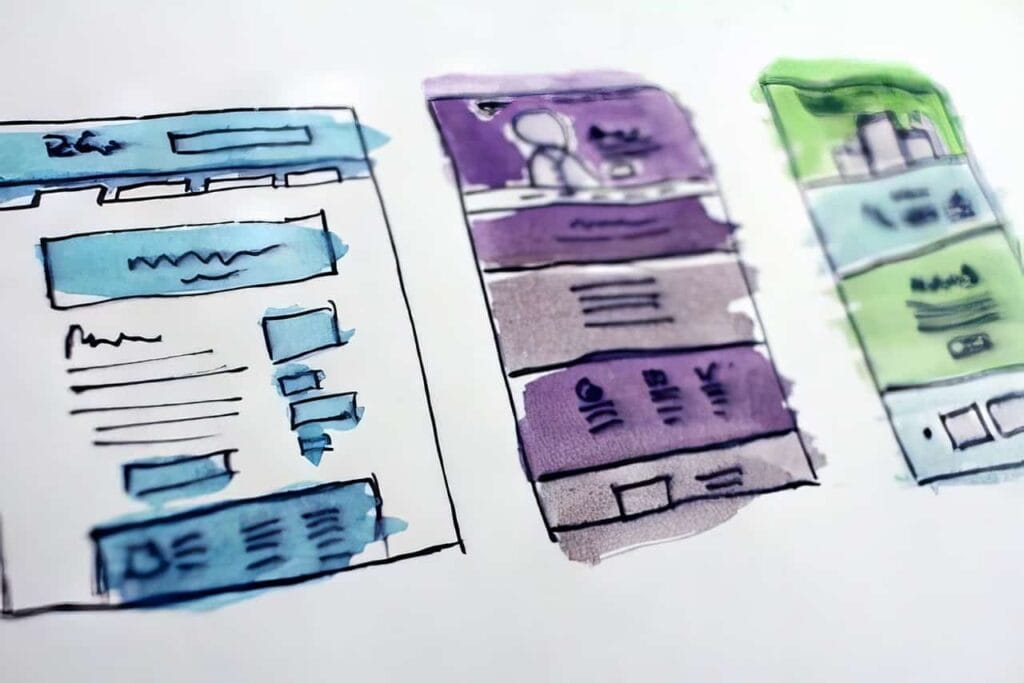In the diverse business landscape, the relentless need for innovation and speedy product launches has become a common thread. Rapid prototyping has surfaced as a game-changing method, completely altering the way products are conceived and created. This process, which involves the quick creation of a scaled model using three-dimensional CAD data, has become an essential element in modern product development. It has not only boosted productivity but also stimulated unmatched creativity and innovation.
Moreover, the market worth of rapid prototyping is predicted to hit $15 billion by 2031, underlining the anticipated growth of this facet of innovation and product development in the coming years.
This article investigates the profound influence of rapid prototyping in product development, highlighting its myriad benefits that significantly optimize the process and yield superior end products.
Understanding Rapid Prototyping

Rapid prototyping is a groundbreaking method that utilizes advanced software and sophisticated machinery, including 3D printers and CNC machines, to swiftly produce physical models. It empowers designers and engineers to convert their theoretical ideas into concrete, user-tested prototypes within an impressively brief period.
The process predominantly involves additive manufacturing or 3D printing, where a prototype is meticulously constructed layer by layer. This method enables the formation of complex designs that might be difficult or even unattainable with conventional manufacturing techniques. This positions CNC machines as a vital resource in the rapid prototyping process, enabling the creation of more durable and functional prototypes that can withstand rigorous testing. Recognizing the advantages, more and more enterprises from various sectors leverage the rapid prototyping services of reputable firms to enhance their product evolution trajectories.
These enterprises range from startups to established multinational corporations, encapsulating domains like automotive, aerospace, medtech, consumer electronics, and more.
By adopting rapid prototyping, businesses can swiftly validate their designs, assess functionality, and collect user feedback, all prior to transitioning into full-scale production. This not only hastens the time-to-market but also considerably cuts down the costs related to design mistakes and modifications in the later stages of production.
The Crucial Role of Rapid Prototyping in Product Development
Accelerating Time to Market
In the fiercely competitive world of product development, speed is a critical factor. Rapid prototyping significantly shortens the time between the initial ideation and the prototype stage. This acceleration provides a crucial competitive edge, enabling companies to outpace their rivals by bringing products to market faster.
The ability to swiftly iterate and refine designs allows businesses to stay ahead of the curve and respond promptly to market trends and consumer demands.
Enhancing Design Flexibility
Rapid prototyping offers unparalleled design flexibility. It enables effortless modifications to the design at any phase of the process. Designers can adjust prototypes, evaluate them, and repeat the process until the final product precisely matches the desired specifications.
This repetitive process fosters creativity and innovation, inspiring designers to explore various ideas without the concern of expensive errors.
Reducing Development Costs
Rapid prototyping serves as a cost-effective approach, potentially leading to substantial financial savings for organizations. By identifying design errors in the earliest stages, it diminishes the risk of high-expense errors in the subsequent production phase.
Moreover, the additive manufacturing process (3D printing) used in rapid prototyping minimizes material waste, contributing to cost efficiency and sustainability.
Improving Communication and Collaboration
Physical prototypes serve as the bridge between theoretical designs and tangible products. They offer a visual representation that can be used to communicate ideas more effectively, fostering better collaboration among team members and stakeholders.
By enabling everyone involved in the project to see and interact with the prototype, it facilitates a shared understanding and alignment on the product vision.
Facilitating User Involvement
Rapid prototyping facilitates the integration of users early in the product development cycle. This early engagement through user testing can generate priceless feedback and insights, culminating in a design that is more centered around the user’s needs and preferences.
Conclusion
In the dynamic and constantly progressing realm of product creation, rapid prototyping has become an essential instrument. It expedites the design process, boosts adaptability, minimizes expenses, enhances communication, and encourages user participation, thereby significantly optimizing the product development journey. As we continue to witness rapid technological advancements, the significance of rapid prototyping in product development is expected to grow even further.
It stands on the brink of defining the future of innovation and design, empowering businesses to produce top-tier products that not only fulfill consumer requirements but also surpass their expectations.

